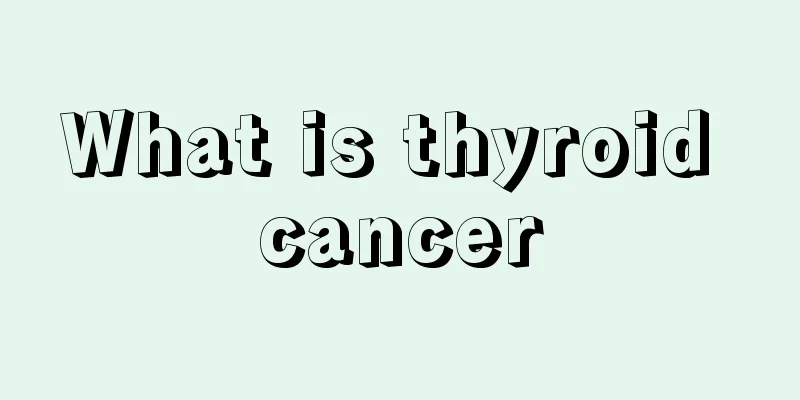What kind of people are suitable for interventional treatment of liver cancer? Some common sense introduction to interventional treatment of liver cancer

|
At present, interventional therapy has become an effective means of treating liver cancer. The effectiveness of interventional therapy for liver cancer is determined by the blood supply characteristics of liver cancer. Under normal circumstances, the liver is supplied by the hepatic artery and portal vein, of which the portal vein accounts for 75% to 80% and the hepatic artery accounts for 20% to 25%. The blood supply of liver cancer is just the opposite. More than 90% to 95% of liver cancer is supplied by the hepatic artery, and the portal vein supplies very little. This makes treatment convenient. Through the hepatic artery catheterization, drugs can directly enter the liver cancer tissue, increase the local drug concentration, and kill cancer cells. In addition, some embolic substances such as iodized oil and gelatin sponge are used to block the blood supply artery of liver cancer, cut off its nutrition, and the tumor tissue will necrotize, thereby achieving the purpose of treatment. The following liver cancer patients can all undergo liver cancer interventional treatment: primary or metastatic liver cancer that cannot be surgically removed for various reasons, or small liver cancer that the patient does not want to undergo surgery. As a preparation before surgery, interventional treatment can shrink liver cancer and make it easier to remove. In addition, intervention can reduce the spread and recurrence of tumors. Patients with incomplete liver cancer resection, postoperative recurrence or failure of other treatment methods. Liver cancer lesions that do not rupture and bleed, and liver and kidney function are not seriously damaged. Patients without severe jaundice and ascites. Patients in good general condition without serious bleeding diseases. Experts told us that due to the advancement of science and technology, the catheters, guidewires, and puncture needles used for intervention have been greatly improved. In addition, people have more research and knowledge about liver cancer, so there are more treatment methods, such as hepatic artery catheter chemotherapy, thermal chemotherapy, hepatic artery catheter embolization, thermal embolism, percutaneous puncture anhydrous alcohol injection, percutaneous puncture iodized oil plus chemotherapy drug injection, and liver cancer isotope-guided therapy. Observation and care of patients after interventional treatment of liver cancer is an important link. After the operation, the patient's lower limb on the punctured side should be immobilized for 24 hours, and food and drink can be prohibited for 6 to 12 hours for observation. Closely observe changes in the patient's breathing, blood pressure, pulse, etc.; whether there is bleeding from the incision; pay attention to the amount and color of urine; postoperative fluid replacement and antibiotics to prevent infection for 3 to 5 days. Due to chemotherapy embolization, patients may experience nausea, vomiting, abdominal pain, fever, etc., which should be treated symptomatically in time, and they will improve after 1 week. After the operation, the patient's liver function, kidney function, blood routine, etc. are reviewed, and changes in various indicators are noted, and problems are actively dealt with after they are found. |
<<: How to prevent lung cancer? 3 effective ways to prevent lung cancer
>>: What are the symptoms of advanced lung cancer? 4 symptoms of advanced lung cancer
Recommend
What to do if dentures are loose
If the dentures are loose, you can only remove th...
How to use the lumbar support adjustment
Lumbar support adjustment generally refers to the...
Is it okay to drink rock sugar water on an empty stomach?
There are always many friends who like to drink a...
Introduction to the treatment of rectal cancer with local excision under anus endoscopy
In recent years, a new treatment method for recta...
What are the symptoms of dizziness and chills
Have you ever had this feeling in your life: gene...
What are the treatments for lung cancer? An inventory of effective treatments for lung cancer
In the onset of cancer, the impact of the consequ...
What foods can prevent pancreatic cancer
The cause of pancreatic cancer is not yet clear. ...
What does bladder cancer recurrence mean
One of the characteristics of bladder cancer is t...
Prevention of pancreatic cancer is critical
The treatment of pancreatic cancer requires a pro...
Remember the six major tonic taboos to have a healthy and warm winter
1. Avoid taking supplements when you are not sick...
What are the contraindications for breast conservation in breast cancer
There are certain contraindications to breast-con...
Is toy clay harmful to the body?
There are many toys for children in modern life, ...
How to deal with new kimchi jars
People in most areas prefer to eat kimchi, becaus...
The difference between variable frequency air conditioner and fixed frequency air conditioner
Air conditioning is generally more commonly used ...
A review of tongue cancer treatment methods
Tongue cancer is not common in life, so it is not...









